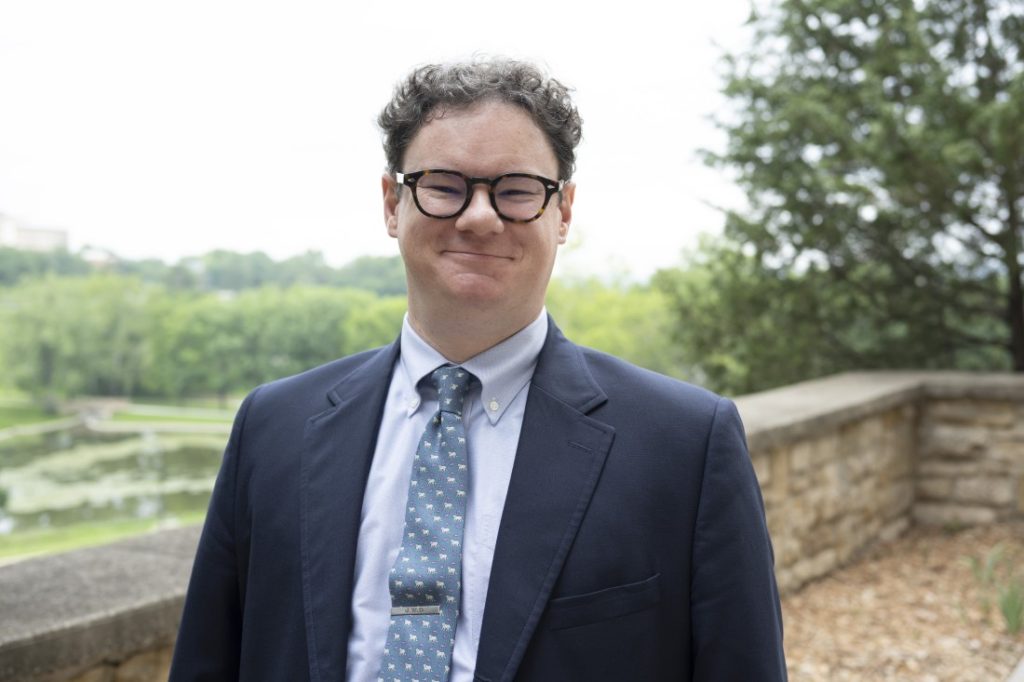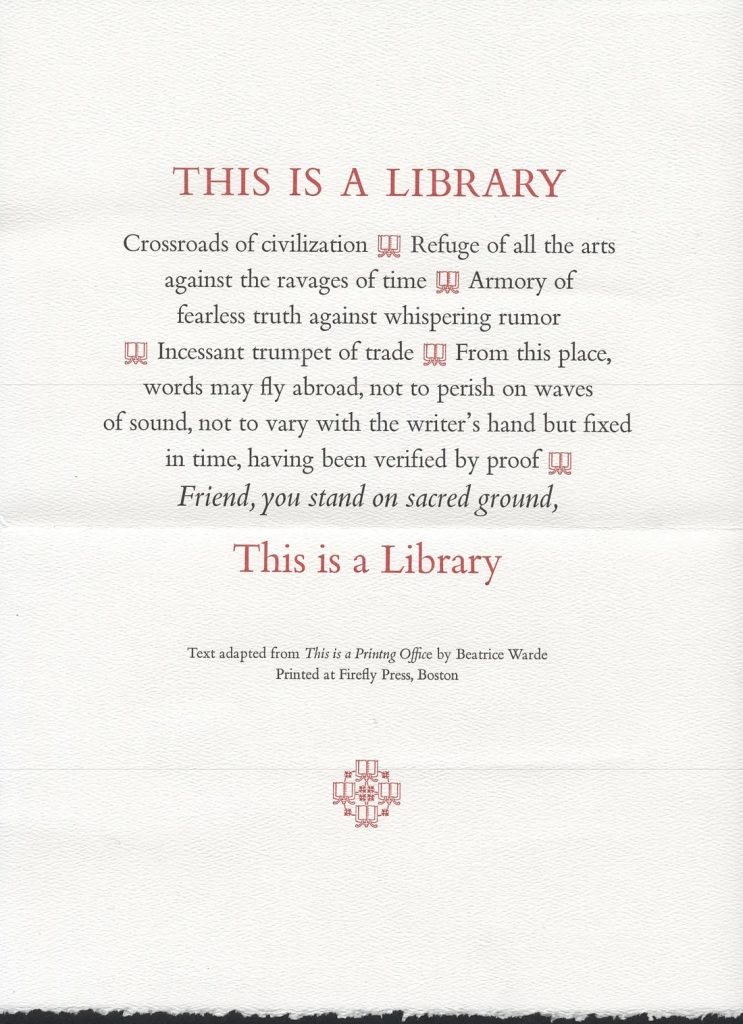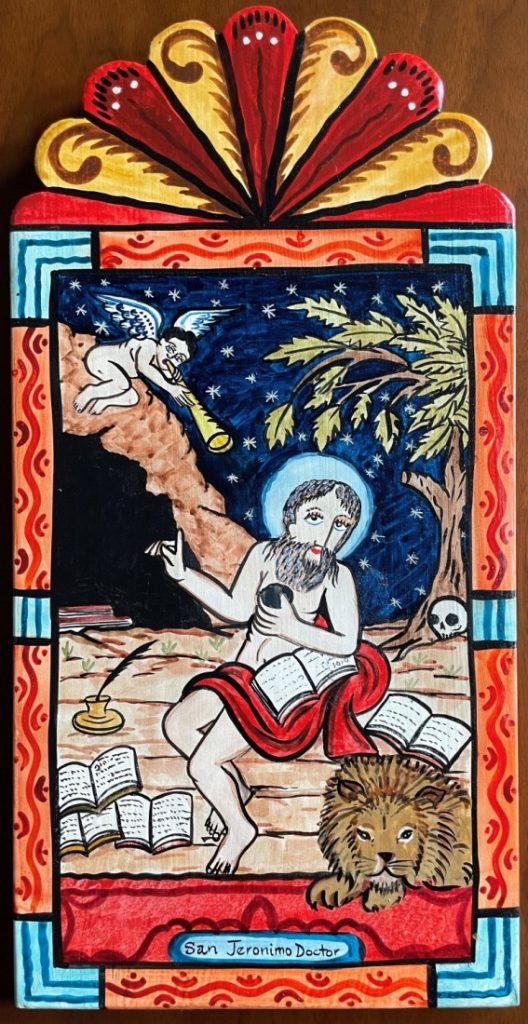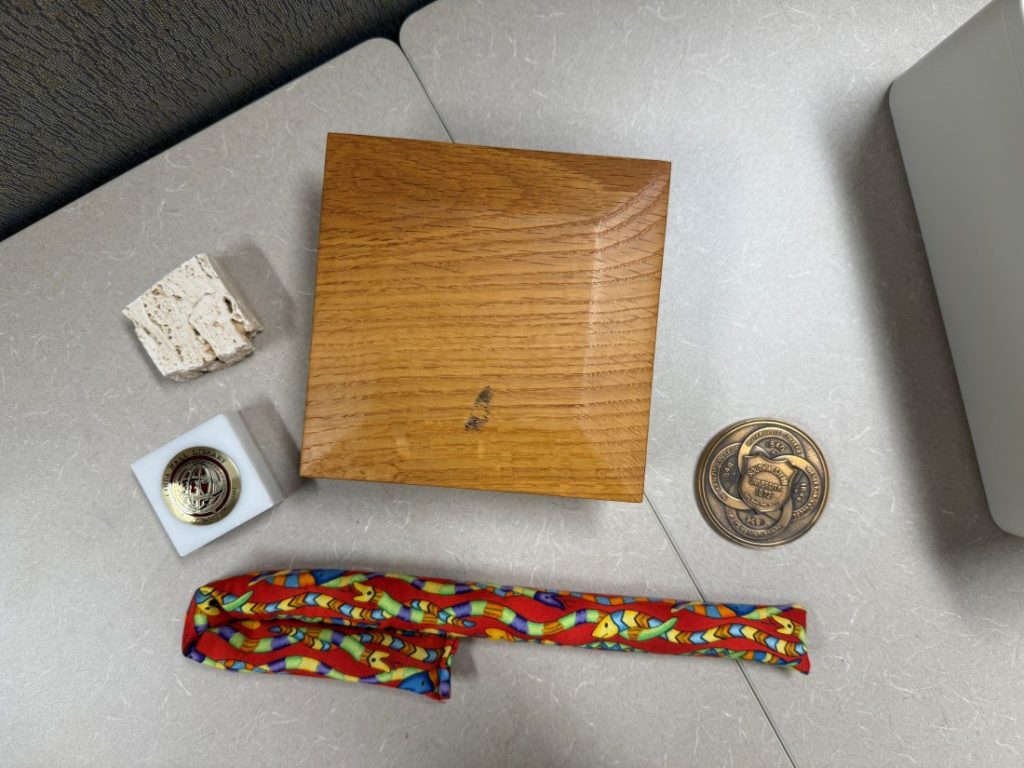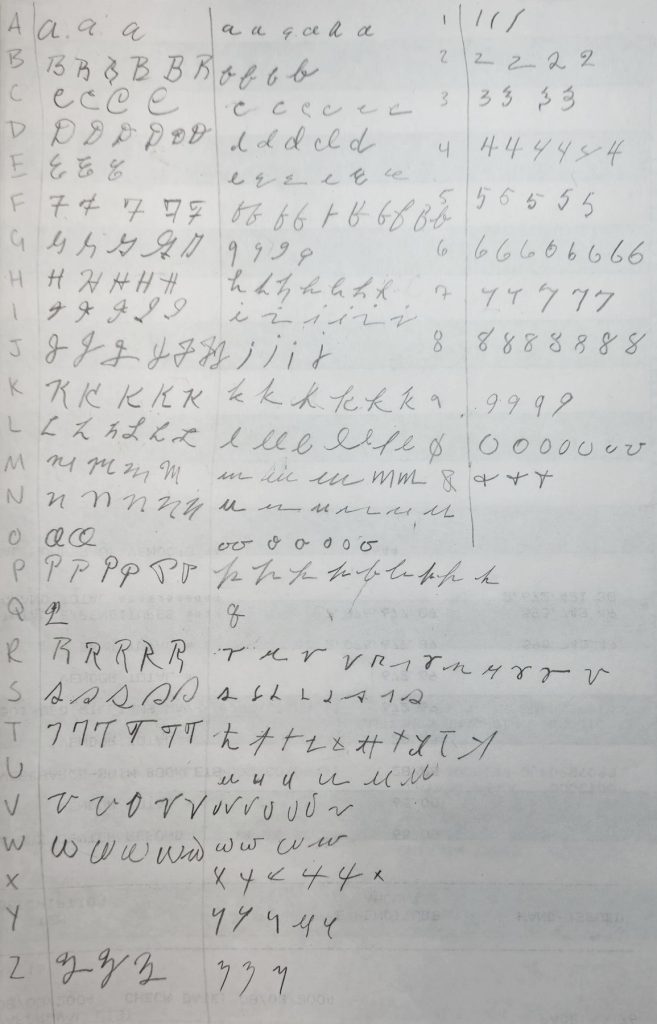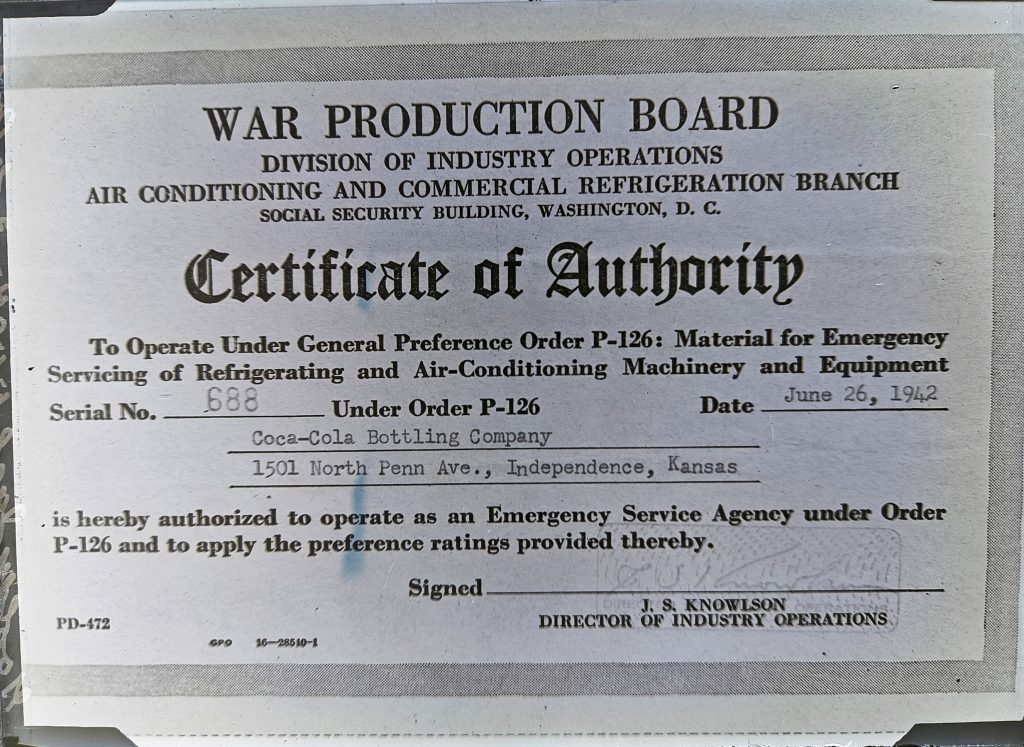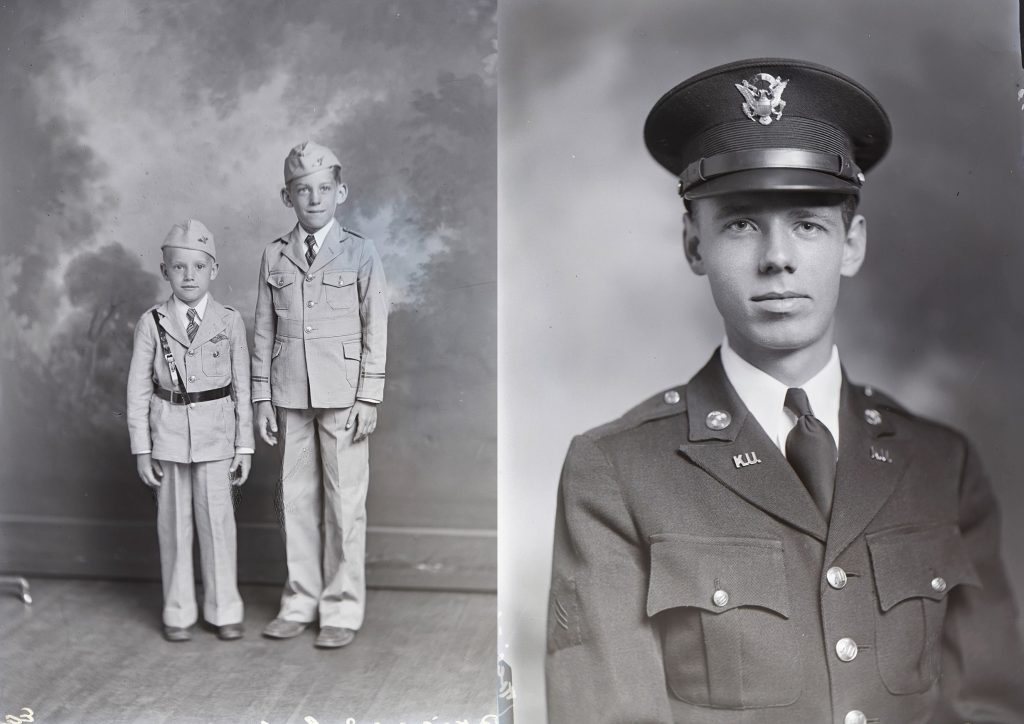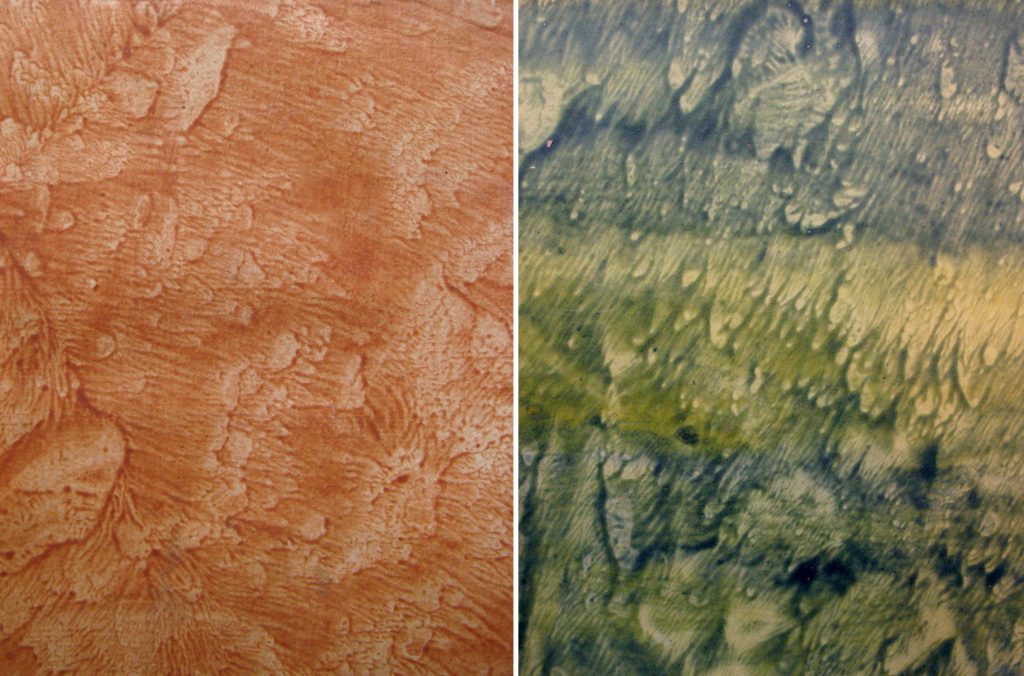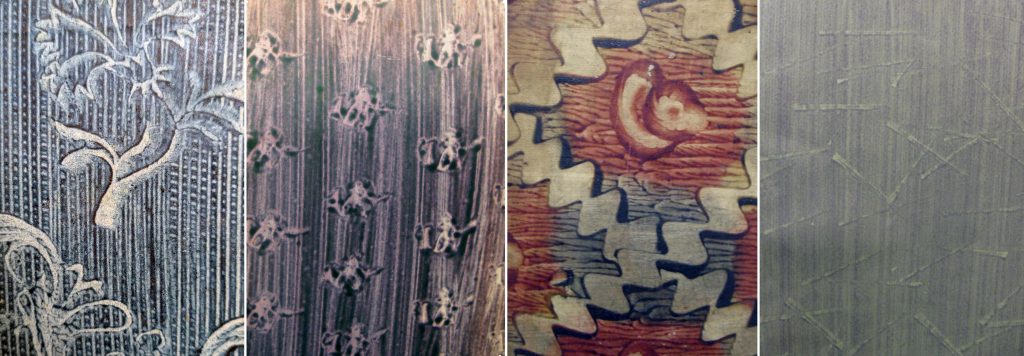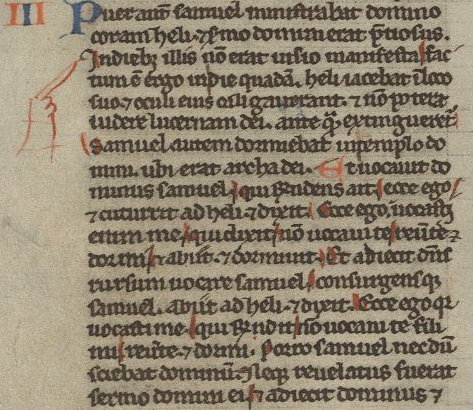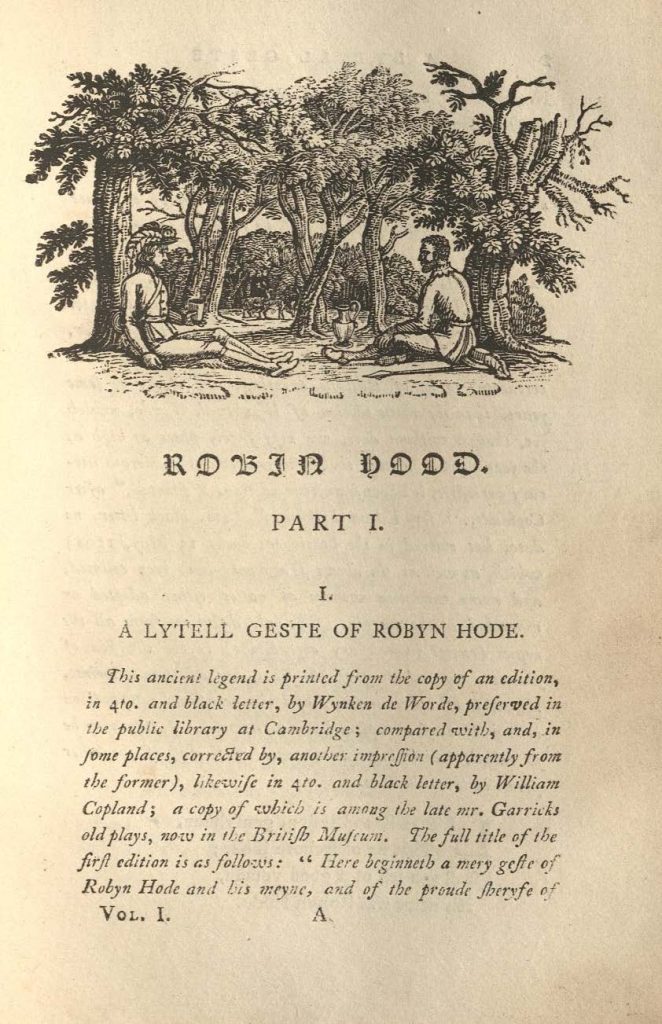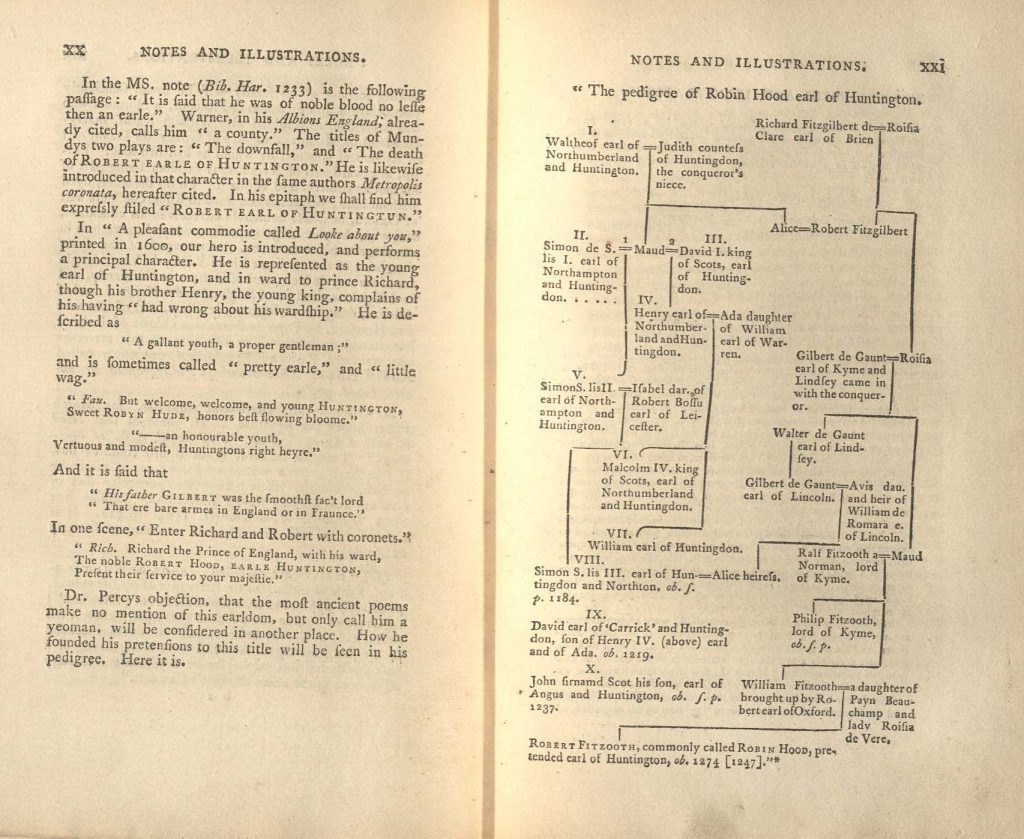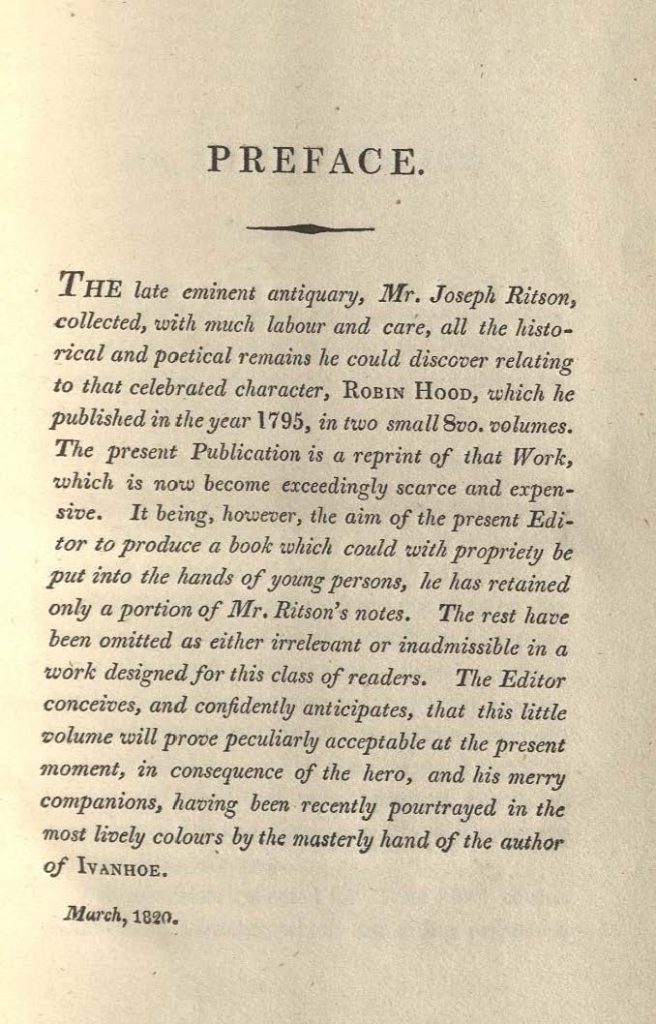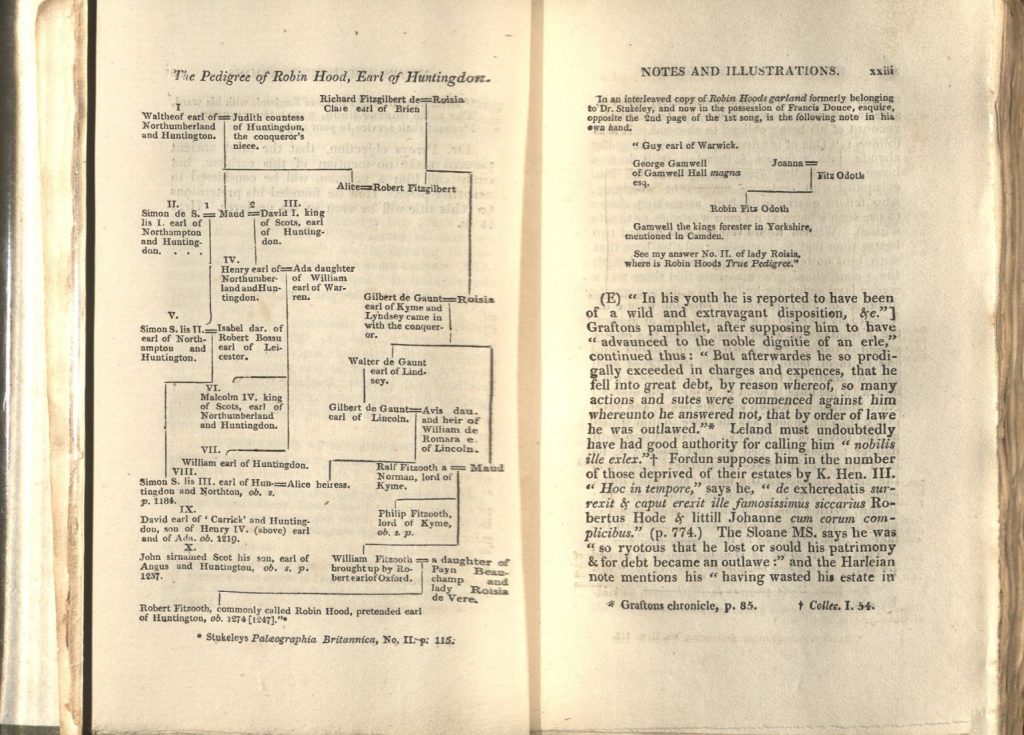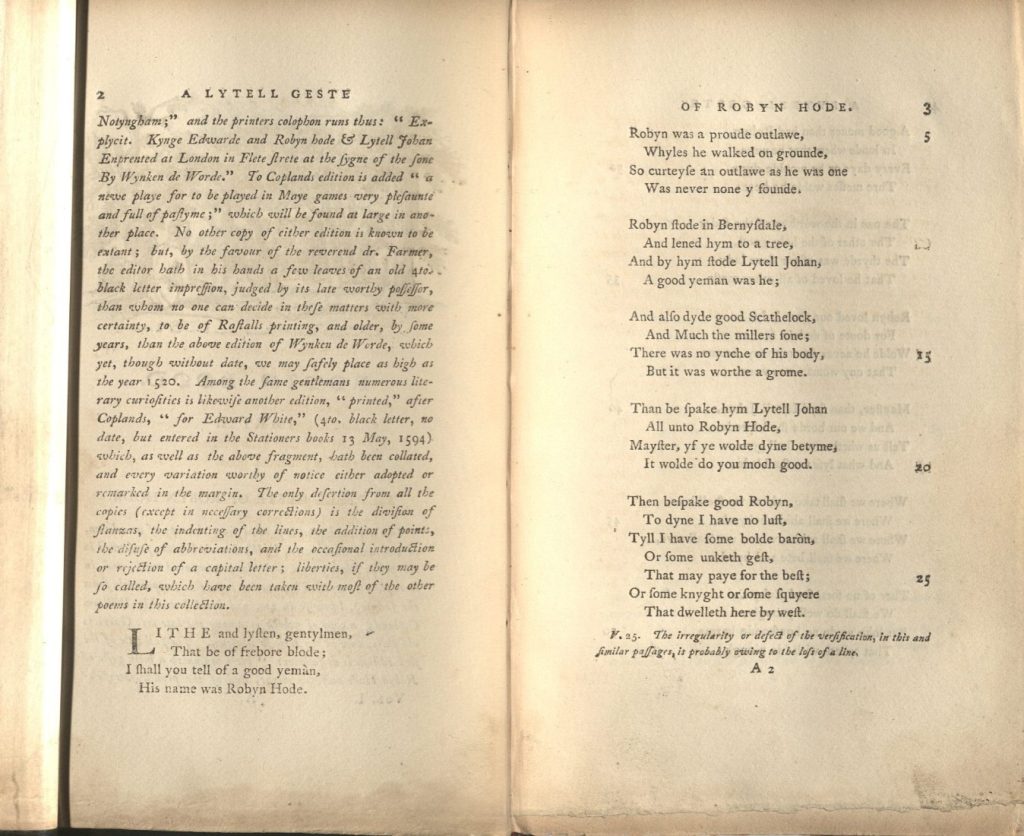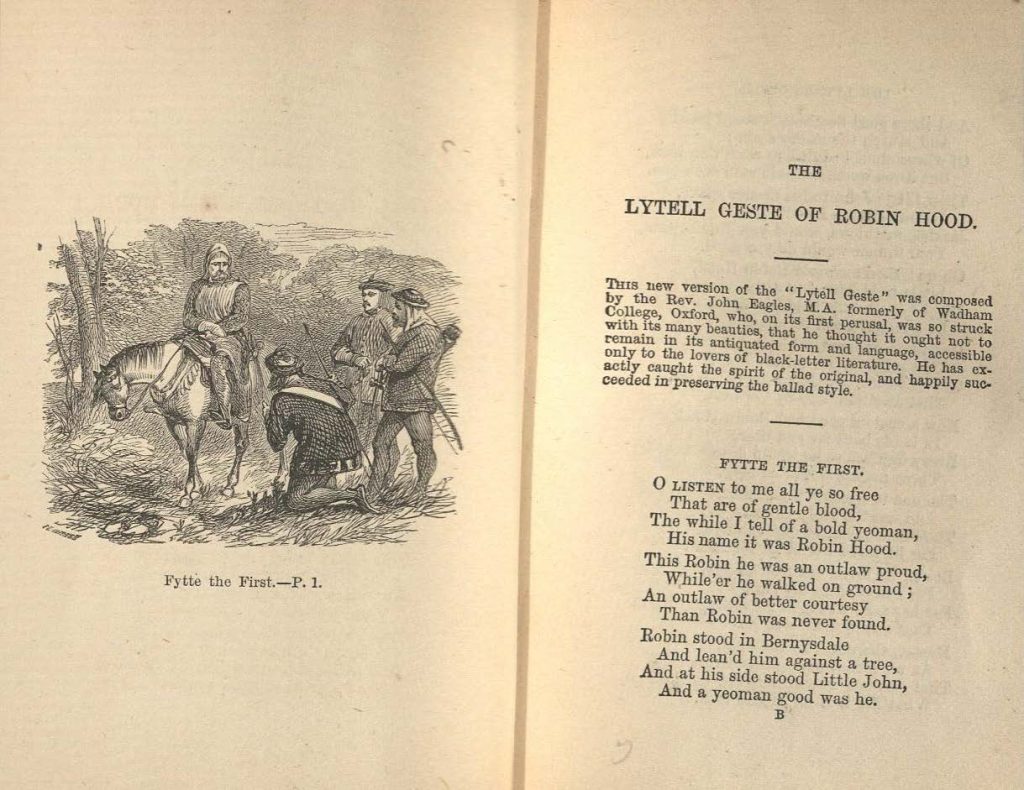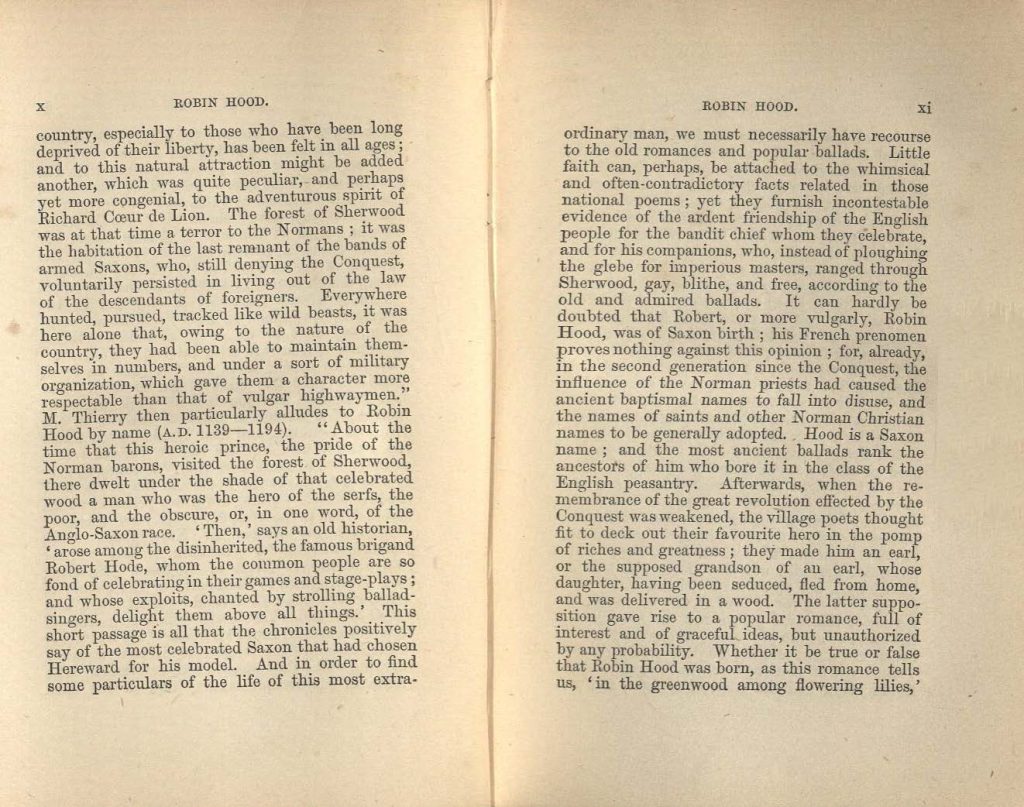Meet the KSRL Staff: Jason W. Dean
August 22nd, 2025This is the latest installment in a recurring series of posts introducing readers to the staff of Kenneth Spencer Research Library. Today’s profile features Jason W. Dean, who joined Spencer Research Library in June 2025 as a Rare Materials Cataloging Librarian.
Where are you from?
I was born in Lubbock, Texas, and raised in Midland – both in what I call far West Texas. I went to college in Abilene at a small liberal arts university there, where much of my family went to college. I then taught and lived in the Dallas-Fort Worth area for a few years before starting my library career. My work has taken me several places: Arkansas, central Texas, Kansas City, and now Lawrence. I appreciate Lawrence and how it feels like it’s just in The West, which reminds me of the big skies of my youth.
How did you come to work at Spencer Research Library?
I’ve had the good fortune to know Spencer Director Beth Whitaker and Special Collections Curator Elspeth Healey for a while. Maybe I met them at the Rare Books and Manuscripts Section (RBMS) conference in Las Vegas in 2014? I learned about Spencer through Beth and Elspeth, but really got to know Spencer when I visited several years ago on a day trip from the Linda Hall Library. Of course, the outstanding collection and staff were well-known to me. I wanted to return to focus on the material, and the faculty position here was the right fit at the right time with the right people.
What does your job at Spencer entail?
I am responsible (along with my colleagues in processing) for the description of printed items acquired by or added to the Spencer collections. In my time here already, I’ve cataloged a number of modern paperback science fiction books from the collection of William F. Wu, some bound manuscripts, and some new acquisitions. My bread and butter are early modern books that I catalog with Descriptive Cataloging of Rare Materials (Books) – or DCRM(B) – but I am branching out (and dusting off my Resource Description and Access (RDA) cobwebs) with the help of my colleagues.
How did you come to work in libraries/archives/special collections?
I started my post-college working life teaching history to high school students in north Dallas, which I discovered was not for me. I really wanted a career that would allow me to learn and be curious as a part of my work, and librarianship really seemed the best fit. My introduction to rare books began at the Amon Carter Museum of American Art and was cemented at Crystal Bridges, where I worked to catalog Bill Reese’s American color plate book collection. I came to bibliography later in my career, when my former colleague Jamie Cumby taught me the fundamentals of collation.
What part of your job do you like best?
Conceptually I like the professional norms we have around access, privacy, and our broad commitment to, well, sharing. Special collections libraries take things that are expensive and precious and make them accessible and (almost) free.
On the micro level, using bibliographical and other tools to help folks learn more about the physical aspects of the items in Spencer’s collections and either use those descriptions in their own work or decide to come and use the item in person.
I also really enjoy writing. There’s some great stuff in the works for publication, and I am so pleased that I can do that as a normal part of my job.
What do you have on your desk?
There are some things I keep at my desk I feel like are worthy of sharing here. First, this broadside printed at Firefly Press – an adaptation of Beatrice Warde’s famous lines about a printing office.
I also have this retablo of St. Jerome at my desk. A retablo is a two dimensional image of a saint painted by a santero, a maker of this uniquely New Mexican form of folk art. My friend Dr. Charles M. Carrillo made this image of Saint Jerome (a patron saint of librarians and archivists) to watch over me while I work, which he does!
I also keep a book snake on my desk that’s been with me for 15 years. One of my colleagues at the Carter, Maryjane Harbison, made this book snake for me. It’s here with mementos from other workplaces and such: a piece of the Kimbell’s travertine, the box “original staff” at Crystal Bridges were given at opening, and medallions from the Linda Hall Library and Southwestern University.
What is one of the most interesting items you’ve come across in Spencer’s collections?
Below is the title page of the Spencer copy of Newton’s Principia Mathematica, which was a focus of some of my scholarship a few years ago. When I look closely at the book, two things are interesting to me: it has the “two line” imprint statement on the title page, not mentioning a distributor, which is the first state of the title page, and uncancelled.
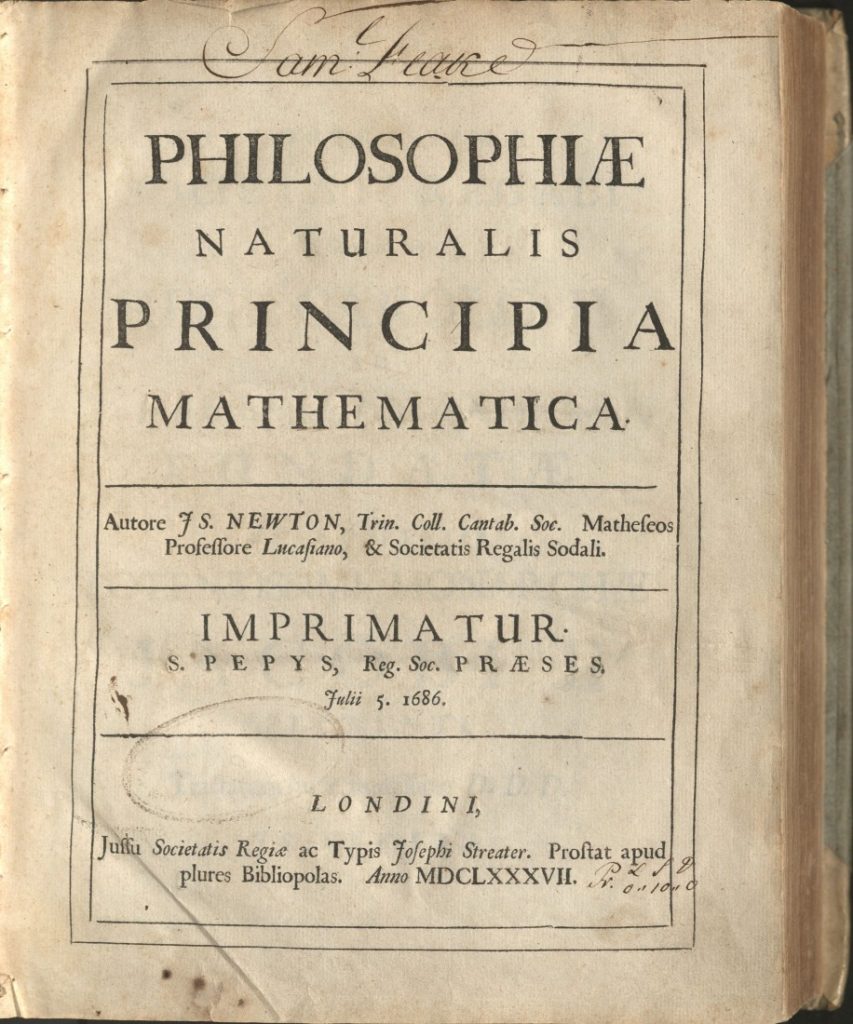
There’s another item which tells us more about this copy: the diagram on page 112 is printed upside down. Other copies of the book have this corrected with a cancel leaf. We can surmise that the Spencer copy is perhaps an early state of the S issue of the book, especially given the rarity of the uncancelled page 112, as noted by Henry Macomber in his census!
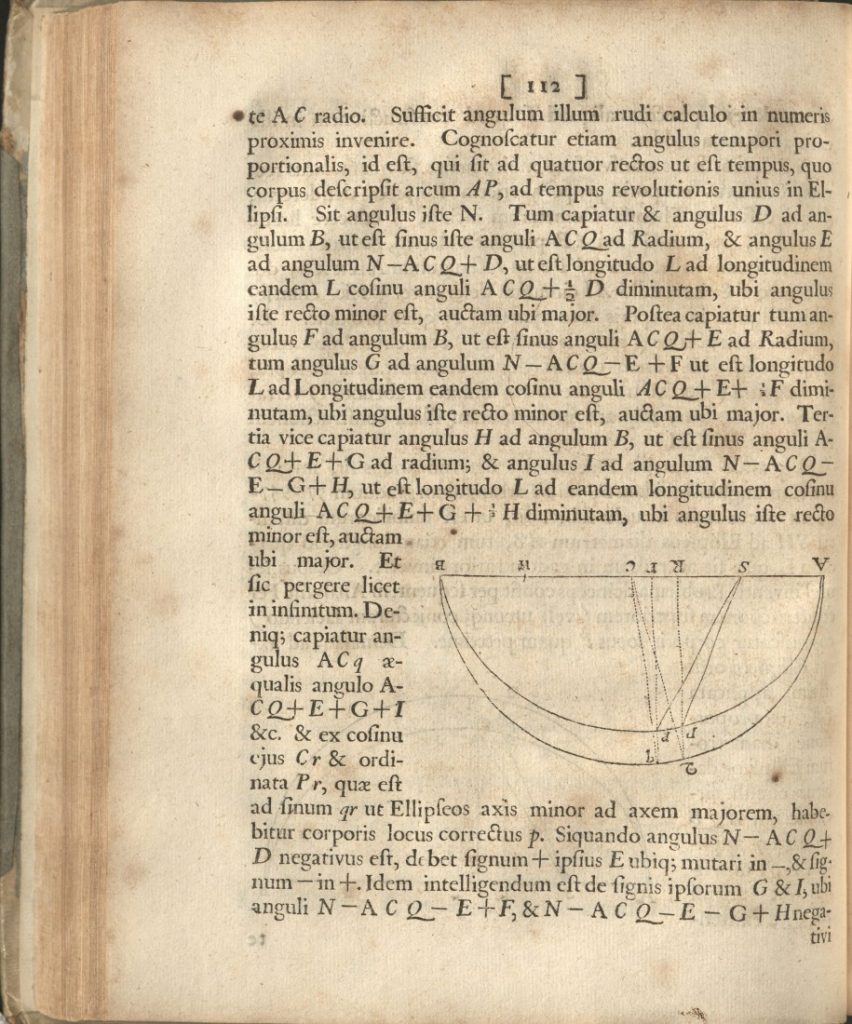
What are some of your favorite pastimes outside of work?
As I mentioned above, I collect art (and books, but isn’t that cliché?) – specifically the santero art I talked about, but also katsinas and photography. Photography is my hobby; my grandfather taught me photography as a teenager and it’s a passion we share with my youngest brother.
My reading interests are varied, but there are three mystery series I adore: Tony and Anne Hillerman’s Chee and Leaphorn novels, the Inspector Montalbano books by Andrea Camilleri, and the Bernie Gunter books by Philip Kerr.
I adore classical music, specifically of Bach and Philip Glass. I also serve on the board of Summerfest, so classical music is one of my favorite things.
I also do some very informal bookish writing with my good friend Rhiannon Knol. We write a bibliography and books focused newsletter called Half Sheets to the Wind.
Jason W. Dean
Rare Materials Cataloging Librarian

